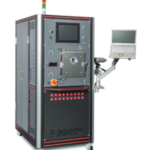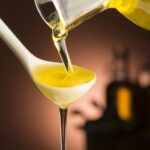
Many people are familiar with the element ‘aluminium’ and use it in their daily lives as aluminium foil and aluminium cans. But do you know the properties, characteristics and etymology of aluminium?
This article explains what metallic element aluminium is and what the history of its discovery has been! In the middle of the article, you will also find information on how aluminium can be used in society.
Contents
Properties and characteristics of Aluminium
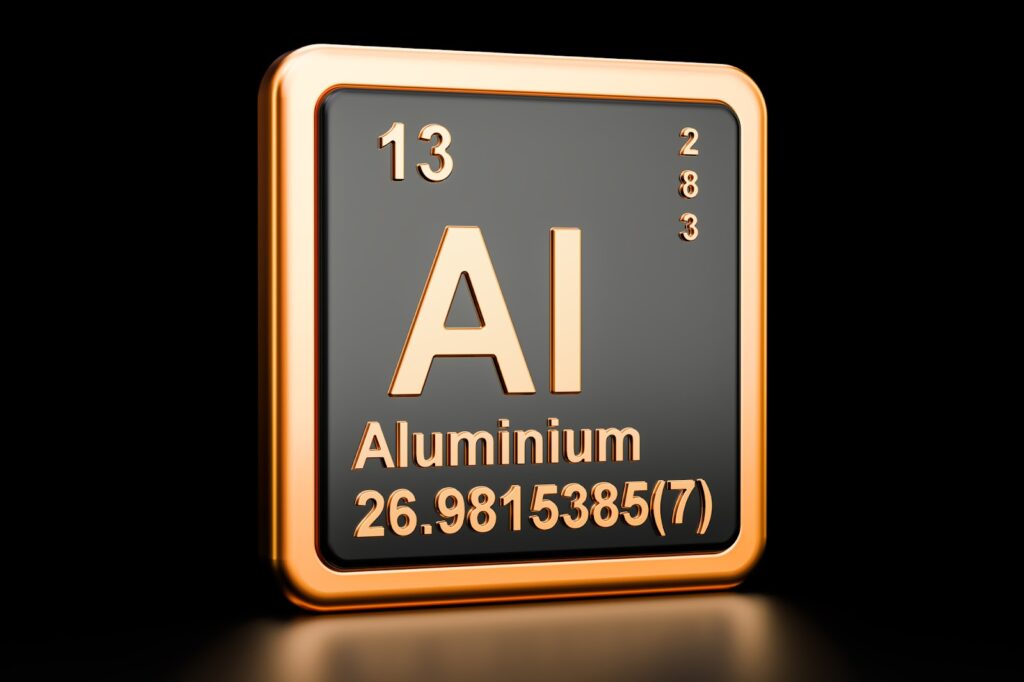
Aluminium is known as a light metal that conducts heat well. It is also known to be very soft and therefore easy to process.
It is easy to imagine aluminium foil in the household.
It is the most abundant of the metal elements in the ground and can be utilised in a fairly environmentally friendly manner, with an annual recycling rate of over 90% for aluminium cans.
So how is it used in society? That is where we will look in the next section.
How Aluminium is used in society
Aluminium is used as a component of ‘duralumin’, ‘aluminium cans’ and ‘one yen coins’. Let’s take a look at each of these.
Aluminium is useful for “duralumin”
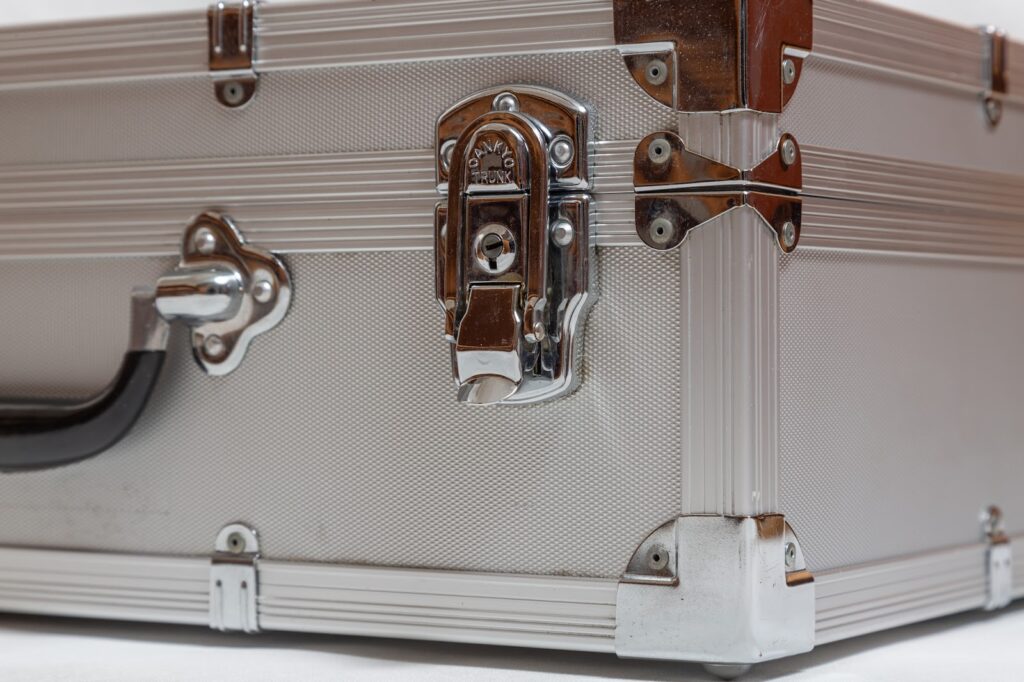
Duralumin is a well-known aluminium alloy and a typical product is a ‘duralumin case’. And duralumin is used in many of the wings and outer panels of aeroplanes.
Aluminium is useful for “aluminium can”

Aluminium cans have become so major these days that not a day goes by when you don’t see one. Originally launched in the USA, it was introduced in Japan in 1965 as a canned beer with an aluminium ‘pull-top’.
However, the can body at this time was made of tinplate or steel, and it was not until 1971 that the entire can was made of aluminium, and the general use of the aluminium can has began only in the late 1980s.
Aluminium is useful for “Japanese one-yen coin”
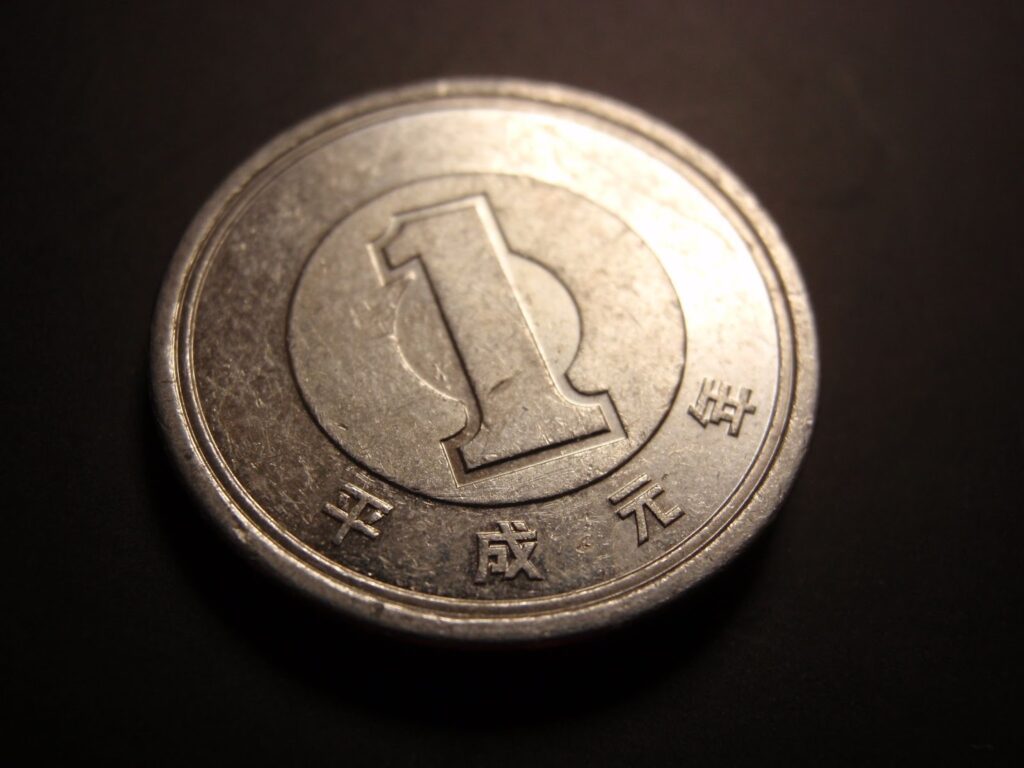
The one-yen coin that you probably have in your wallet is also made from aluminium.
As an aside, it costs ‘three yen’ to make a one-yen coin. They are actually very cosmetic coins.
History of Aluminium
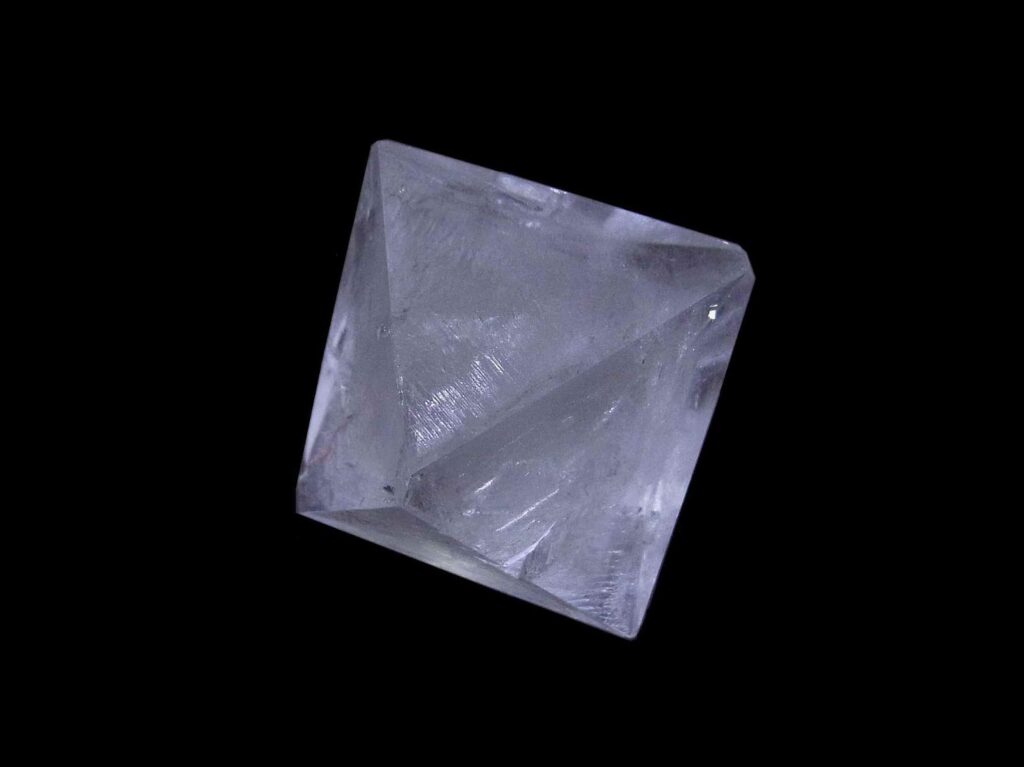
Chemical symbol: Al
English name: Alminium
The word aluminium is taken from the Latin word ‘alumen’ meaning alum. As for the discovery, the Danish chemist ‘Elsted’ succeeded in isolating it, but this has a slightly complicated history.
Specifically, aluminium became practicable after several stages: in 1807, Davy electrolysed alumina from alum stone, then in 1825 Elstead isolated aluminium chloride, and finally in 1827, Völler succeeded in obtaining pure aluminium.
Incidentally, the reason why the name was taken from the name alum is that in 1782 Lavoisier announced that alum stone contained an unknown metal and named it Armine.
Summary
In this article, we explained ‘aluminium’.
The key points of this article are as follows
- Aluminium is light, soft and easy to work with.
- Used in ‘duralumin’, ‘aluminium cans’, ‘one-yen coins’, etc.
- Aluminium cans were not a major player in the past.
- There were several stages between discovery and practical application
The other elements studied in high school are summarized in the following articles. Please see also the following pages for a further understanding!


